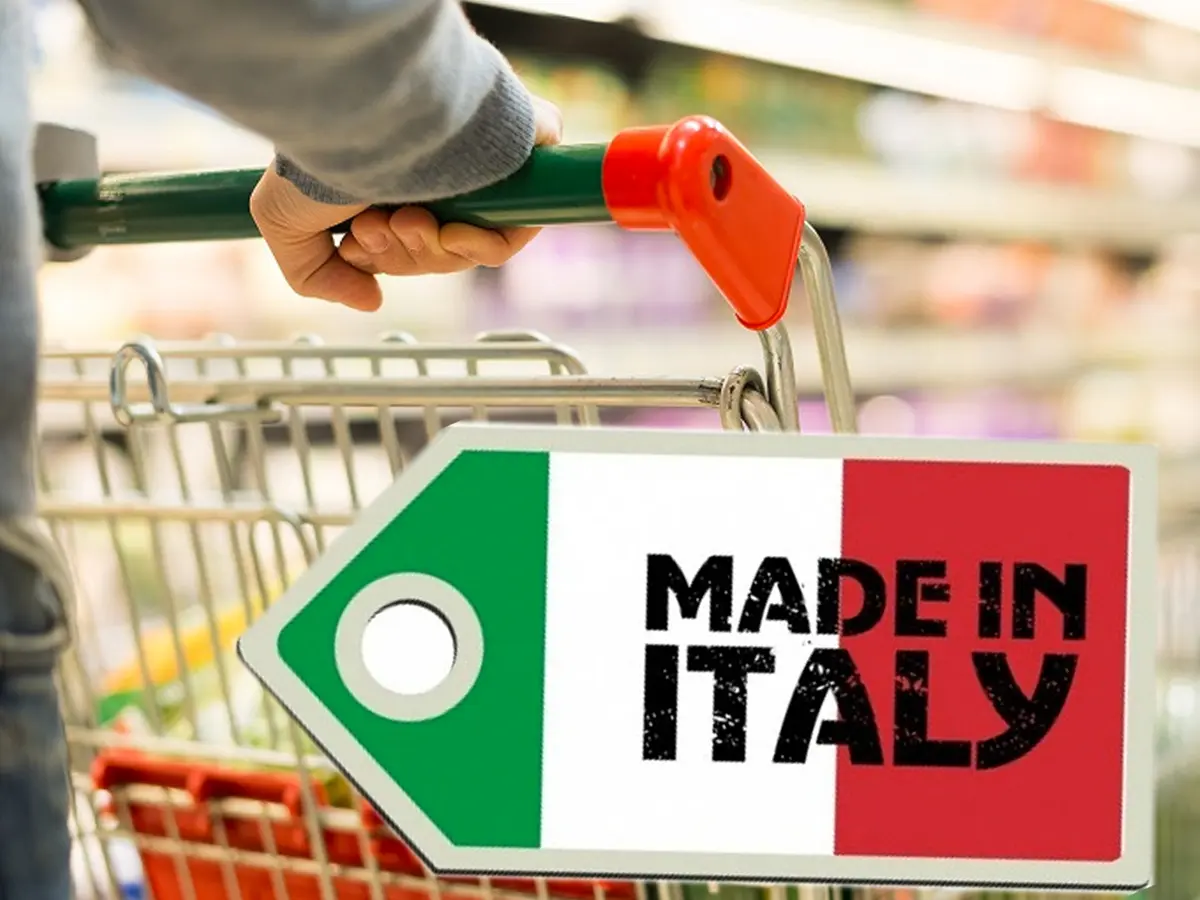
Intesa Sanpaolo/2. SMEs account for half of Italian exports
Italian investments increase by 35.7% from 2016 to 2023, compared to Germany which improves by only 4.5%

In recent years, the Italian economy has shown better growth than the average growth of the euro area. An important boost has come from the excellent results obtained on international markets, where Italian SMEs have stood out, accounting for more than half of our exports. This is what emerges from the analysis of the economic context carried out by the Intesa Sanpaolo Research Department, on the occasion of the presentation of the latest edition of "Imprese Vincenti" (read the EFA News article).
The strong recovery in investments also contributed to the good dynamics of the Italian economy, which between 2016 and 2023 recorded an increase of 35.7% at constant prices in Italy. We have done much better than our main competitors: Germany stopped at +4.5%. This is a significant change of pace compared to the recent past: just think that between 2008 and 2016 our investments had decreased by 22.4%, while German ones had increased by 9.9%. Industry 4.0 (from 2017) and Superbonus (from 2021) explain this performance, a summary of the leap in construction (+47.1% in the period 2016-2023), but also of the dynamics of Italian investments in machinery, means of transport and ICT (+29.3%) and in intangible assets (R&D and software; +20.2%).
After the slowdown observed between 2023 and 2024, next year we expect a recovery of the Italian economy that will be able to count on the contribution of consumption and investments, thanks to the return of inflation, reduction of interest rates and implementation of the PNRR investments. 80% of the actual PNRR spending will be concentrated in the three-year period 2024-2026, with potentially very positive effects on the relaunch of infrastructure and on the digital and green transitions and, ultimately, on the potential growth rate of GDP.
Looking ahead, an important contribution to the growth of the Italian economy could come from foreign markets. Among those with the highest potential are Eastern Europe and, in particular, Central Eastern Europe (EEC; Czech Republic, Hungary, Poland, Slovakia, Slovenia) and South Eastern Europe (EEA; Albania, Bosnia-Herzegovina, Croatia, Romania and Serbia). These are the findings that emerge from a recent survey conducted on over 800 Intesa Sanpaolo employees who follow the internationalization processes of the Italian economic fabric. In these areas, Italian companies are expected to further develop their export activities and their production or commercial presence with foreign branches.
Moreover, commercial and production ties with these countries are already significant. In 2023, the overall stock of Italian foreign direct investments (FDI) in CEE and SEE countries amounted to 43.4 billion euros; of these, 22.8 billion concern the CEE area and 20.6 the SEE economies. Furthermore, in 2023, Italian exports to these markets rose to 64.7 billion euros, 34% more than in 2019. We grew in all countries and, in value, especially in Poland, which is by far the market that absorbs the largest share of our exports (up to 19.8 billion, from 13.5); followed at a distance by Romania (10.2 billion), the Czech Republic (8.4 billion), Slovenia (6 billion), Hungary (5.8 billion), Croatia (5.5 billion) and Slovakia (4 billion) preceding Serbia (2.3 billion), Albania (1.8 billion) and Bosnia-Herzegovina (0.9 billion). At the same time, Italian imports from these countries rose to 60.5 billion, with an increase of 44% compared to 2019. Import flows recorded an almost generalized increase; the only exception is represented by goods from Serbia. Poland is the country from which we import the most (16.1 billion imports in 2023); followed by Romania (9.6 billion), the Czech Republic (9.2 billion), Hungary (8.5 billion), Slovenia (5.9 billion), Slovakia (4.7 billion), Croatia (2.9 billion), Albania (1.6 billion), Serbia (1.4 billion) and Bosnia and Herzegovina (0.7 billion).
Overall, in 2023 our trade surplus was equal to 4.2 billion euros. Our trade balance is in surplus with Poland, Romania, Slovenia, Croatia, Serbia, Albania and Bosnia-Herzegovina; however, it is in deficit with the Czech Republic, Hungary and Slovakia. In these markets, the most significant Italian export flows concern the metalworking sector, which alone records approximately 22 billion euros; followed by the fashion system, means of transport, food and beverages, chemicals, rubber and plastic, and electrical engineering. Our imports, on the other hand, see means of transport in first place (12.6 billion in 2023), followed at a distance by electrical engineering, the metals sector, the fashion system, food and beverages, mechanics, rubber and plastic, electronics, agricultural products, and chemicals.
In the first seven months of 2024, there was a slowdown in our trade with the CEE and SEE areas: exports, in fact, recorded a slight increase in trend (+1%), while imports suffered a slight decline (-4%). Trade exchanges, after a still weak second half of the year, should show signs of recovery during 2025, thanks to more favorable domestic demand conditions. In particular, in the CEE and SEE countries the expected reduction in interest rates should favor investments and household consumption spending, with the latter also benefiting from the recovery of purchasing power in the wake of wage increases and the moderation of inflation. Furthermore, in the next two years, important support for the economic growth of these economies will come from the resources of the National Recovery and Resilience Plans (PNRR).
3/ End
EFA News - European Food Agency